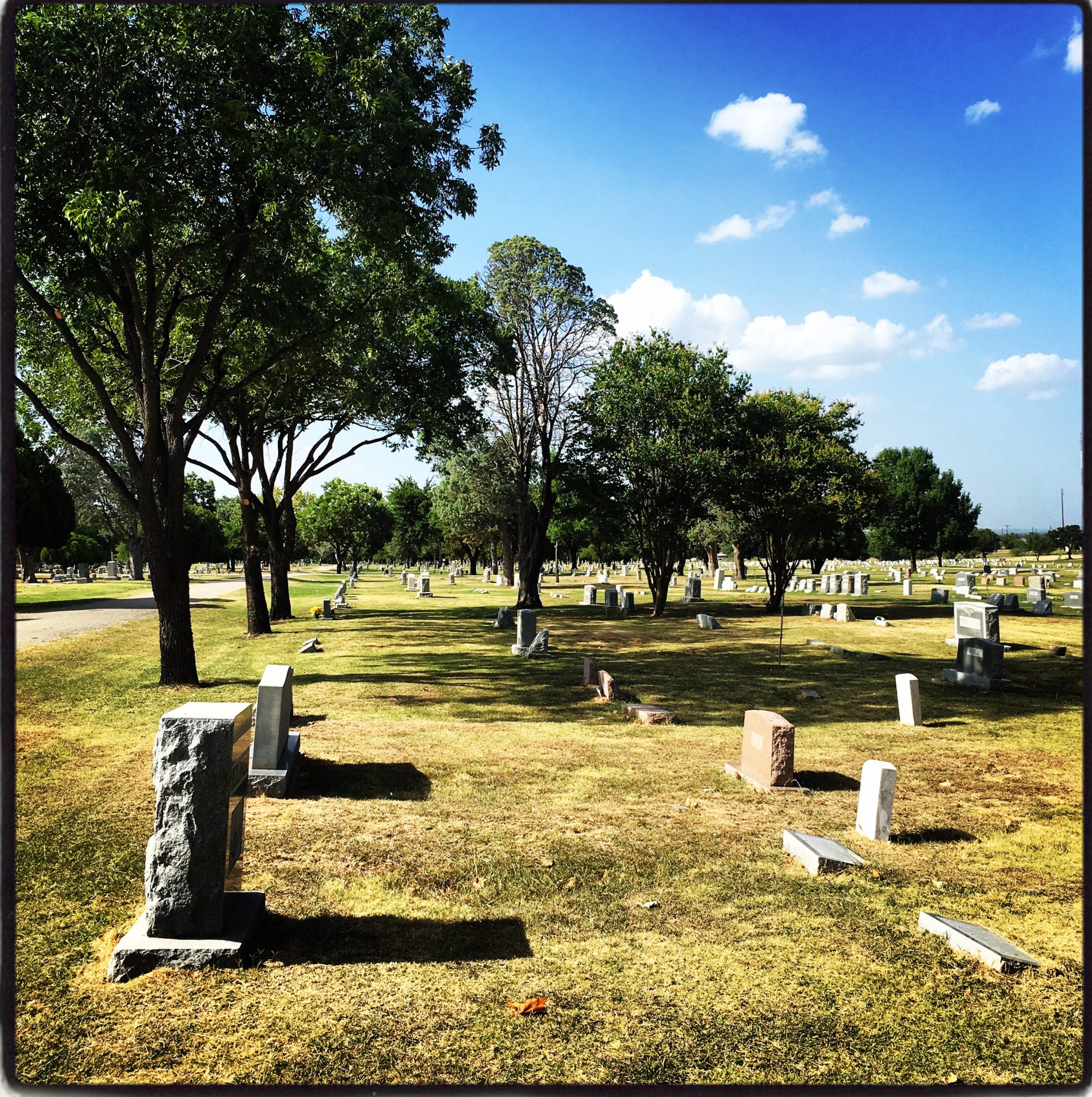This is the retelling of a story taken from 1932 Brownwood Banner Bulletin newspapers. Research was done by Cary Perrin.

Joe Meichinger’s parents were both immigrants; his father, Martin, was from Germany, and mother, Josephine, was from Switzerland. Martin struck oil while digging a water well in the location where the old Hotel Brownwood still stands. For a year, he sold the “oil water” as a healing elixir.
Joe Meichinger was fatally shot in his home on April 27, 1932. His widow, Willie Longley Meichinger, and his 17-year-old daughter, Eva Nell Meichinger, were charged with the murder. Eva had spent the year of 1930 as an “inmate” at the Catholic Home for Girls in Dallas. Generally, these homes were for unwed mothers.
Eva confessed to the killing. Mother and daughter were released on bonds of $10,000 each.
During the trial, she told of severe beatings and abuse inflicted on by her father at the slightest provocation. She said that from early childhood, her father beat both her and her mother with heavy straps and horse whips. He repeatedly threatened to kill them both.
Both mother and daughter said they thought at the time that he was about to kill them, and they feared for their lives. The prosecution argued that this wasn’t true.
On the night of the killing, Willie and Eva went to visit a neighbor. They came home to find Joe drunk, sitting in a rocking chair waiting for them. According to testimony by his wife, Joe said he was going out to get something to drink, and he intended to kill them when he got back.
When he returned home, he chased them around the house, beating them with a heavy leather coat. He caught Willie, and was beating her while she laid on Eva’s bed. As this was happening, Willie pulled a pistol out from under the mattress. She tried to shoot him, but the gun wouldn’t fire, so she dropped it.
Eva picked up the gun and tried again to fire, but the gun wouldn’t work. Finally, Joe staggered out of the room, and passed out on a different bed. During that time, Eva fixed the pistol so it would fire. She then took it to the sleeping porch, and stood waiting for her father to wake up. When he awoke, he was again threatening to kill them.
Eva shot him. She emptied the five bullets in the pistol into him, and went to get his shotgun. She shot him again. She then went to get two more shells, and shot him twice more.
Willie went to find her brother, and the two of them reported the killing to the authorities. Willie and Eva were arrested. During the trial, many neighbors and friends from Brownwood and Salt Creek testified as to the abuse in their home.
The first trial had a hung jury, but in the second trial they were both found not guilty. The Brownwood Banner headline on November 23, 1932 was, “Jury frees Mother and Daughter.”
The large headstone pictured in the body of this article is for his father, Martin. The stone placed on Joe’s grave is pictured above, and has only his last name and years of birth and death. -Freda



 Doug House, minister of Union Presbyterian Church of Brownwood, gave the blessings. Other volunteers included Cary Perrin, Steve Harris, Steve Pucket, and John Lee Blagg.
Doug House, minister of Union Presbyterian Church of Brownwood, gave the blessings. Other volunteers included Cary Perrin, Steve Harris, Steve Pucket, and John Lee Blagg.


















